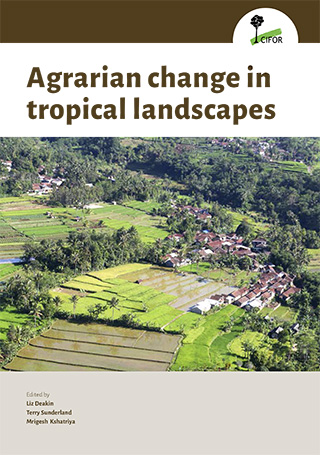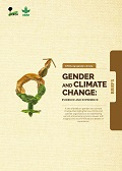Forest-based bioeconomy in sub-Saharan Africa
Populations in sub-Saharan Africa (SSA) living on the fringes of forests indubitably rely on them for income and subsistence. But unsustainable practices can lead to resource degradation and depletion,
Populations in sub-Saharan Africa (SSA) living on the fringes of forests indubitably rely on them for income and subsistence. But unsustainable practices can lead to resource degradation and depletion,
Central Africa is home to the second largest rainforest in the world, the Congo Basin. However, while this massive forest block stores huge amounts of carbon, it receives significantly less international
About 80% of forests in Ethiopia are dry forest. For the last 20 years they have been subject to land use changes, and replaced by agricultural land and settlements. This situation may be due to the little
This book provides a critical, evidence-based analysis of REDD+ implementation so far, without losing sight of the urgent need to reduce forest-based emissions to prevent catastrophic climate change. REDD+

Agricultural expansion has transformed and fragmented forest habitats at alarming rates across the globe, but particularly so in tropical landscapes. The resulting land-use configurations encompass varying

This set of policy briefs seeks to address some of the most pressing policy issues concerning gender and climate change, by drawing on the extensive experience of each contributing partner organization.
Reducing emissions from deforestation and forest degradation, conservation of forest carbon stocks, sustainable management of forests, and enhancement of forest carbon stocks in developing countries (REDD+)